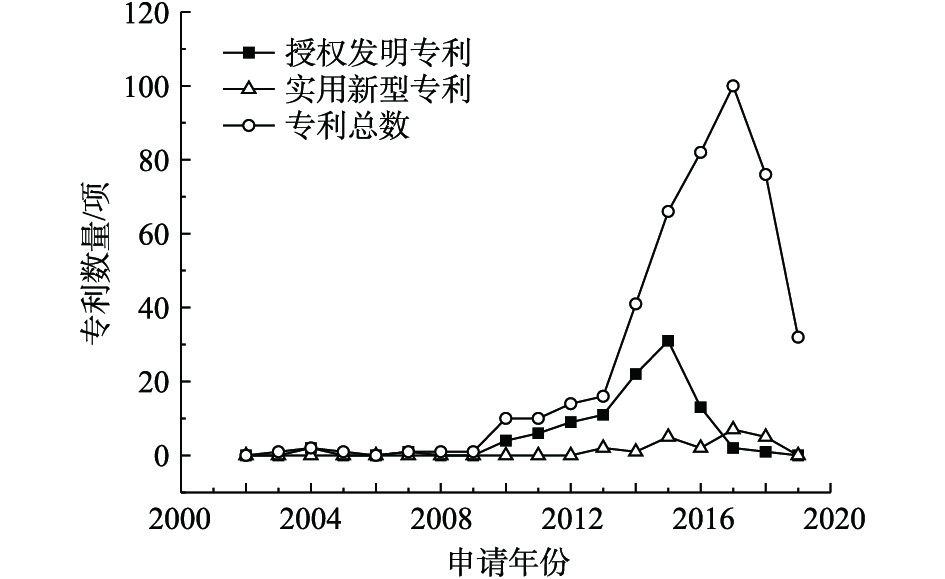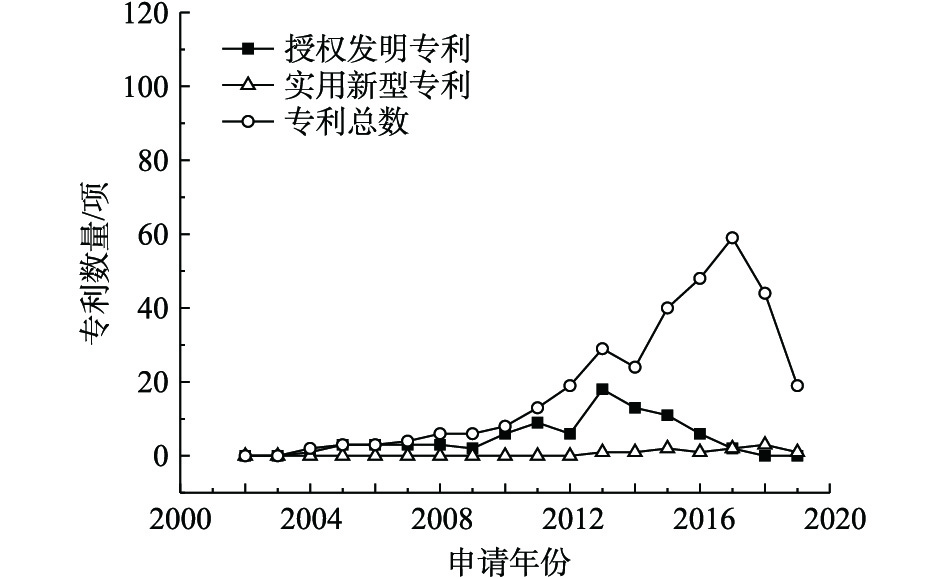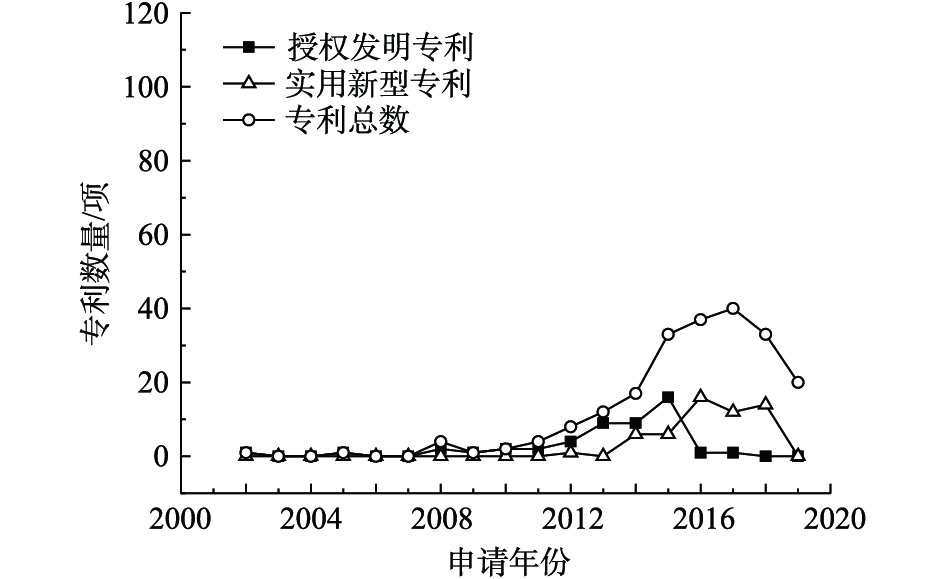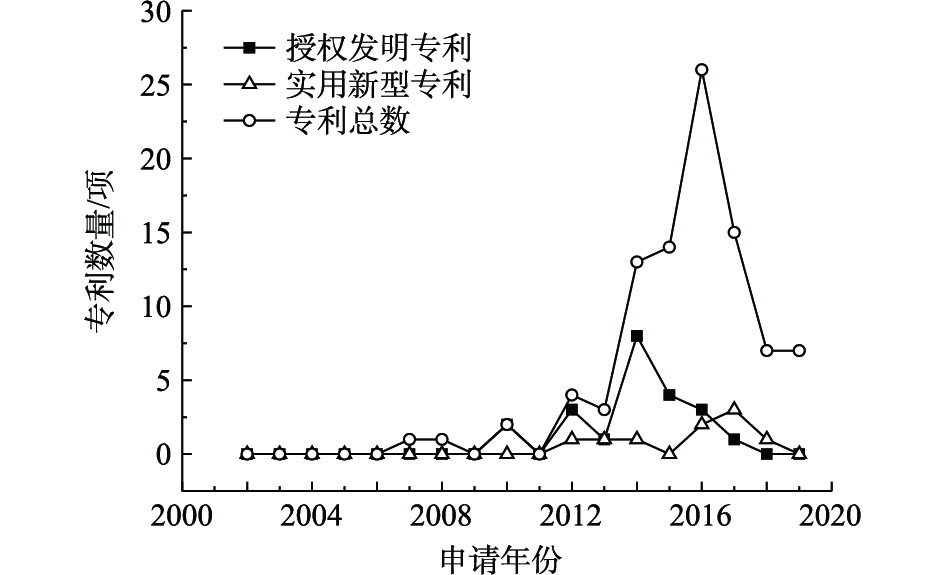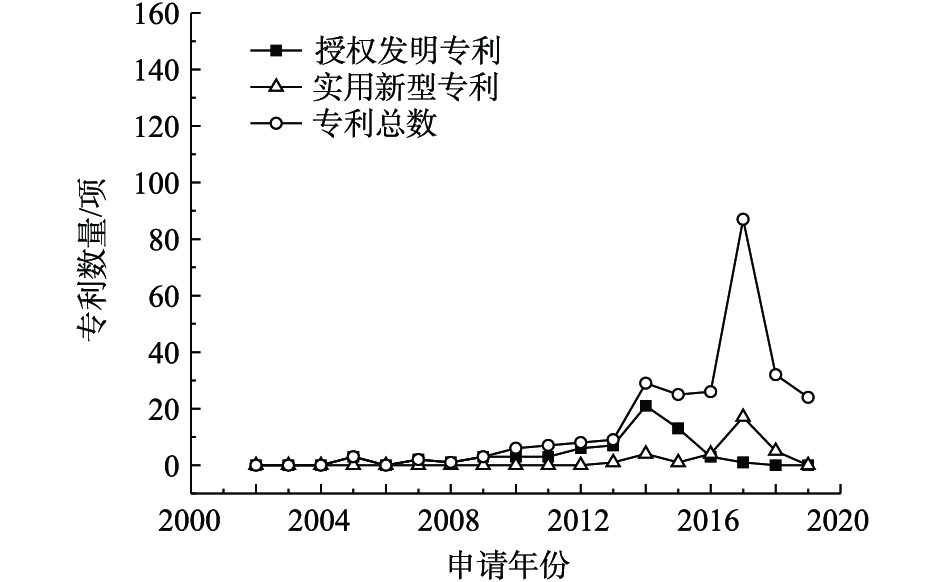-
孟加拉国位于亚洲三大经济体(中国、印度、东盟)交汇处,是中印孟缅经济走廊的重要参与方。随着2013年中缅油气管道开通,孟加拉湾交通线安全对我国能源安全具有重要战略意义,因此,建立与孟加拉国新型伙伴关系是我国周边外交的重要内容之一[1]。2016年,习近平总书记访问孟加拉期间,两国签署了《关于建立战略合作伙伴关系的联合声明》,提出“在南南合作框架内加强双、多边合作,为各自推动落实2030年可持续发展议程做出努力”。在“一带一路”倡议下,解决孟加拉重大民生关切、推动绿色“一带一路”建设,对于加强与孟加拉国战略合作伙伴关系建设具有重要意义。
全文HTML
-
饮用水安全是重要民生问题。长期以来,孟加拉国主要以地表水为饮用水源。由于社会经济发展和人口城镇化聚集,地表水逐渐被污染。相对于地表水,地下水可以提供可靠的水量、稳定的水质。孟加拉国政府自20世纪70年代起,在国际组织援助下打了数百万口单户地下水井,使大部分人口饮用水源改为地下水,大幅降低了水致疾病的发生。然而,孟加拉国的地下水中存在大范围、高浓度的砷污染,这无疑打开了“潘多拉的魔盒”。20世纪90年代末,使用这些管井的居民逐渐表现出砷中毒症状。自1993年首次在饮用水中检出砷以来,全国64个县中的62个县发现砷污染案例,481个乡中的271个乡存在严重砷污染。2000年,世界卫生组织(World Health Organization,WHO)发布的报告指出,孟加拉国约有4 000万人饮用水砷超标,约200万人表现出砷中毒症状,近30万人可能因此患癌症而死亡。饮用水质调查研究发现,孟加拉国高砷暴露人口达4 500万人,每18例成人死亡中就有1例为饮用水砷暴露造成[2]。孟加拉国农村地区饮用水和灌溉水源97%为地下水,英国地质调查局(British Geological Survey, BGS)和孟加拉国公共健康工程局(Department of Public Health and Engineering,DPHE)调查显示,地下水中除砷污染以外,还含有较高浓度的铀、锰、硼、硫化物、氟化物、钼、钡及磷酸盐等污染物[3]。在使用了数十年含砷地下水之后,孟加拉国成为世界上饮用水砷污染最严重的国家之一,而饮用水砷污染也被认为是该国“最大的自然灾难”。
-
天然水环境中的砷主要来源于自然界的砷循环转化及人类活动造成的砷污染。其中,前者主要由于局部砷地球化学行为异常而导致固相中的砷通过风化(weathering)、还原溶解(reductive dissolution)[4]、脱附(desorption)[5-6]等作用机制释放至地下水。高砷含水层往往伴随着还原性环境、氧化-还原环境交替、硫化物矿化等水文地质特征[7],固相中的砷释放至水相通常伴随着体系pH升高[8-9]或氧化还原电位的降低[7]。人类活动引起的砷污染,主要来源于工农业生产过程中直接或间接引入的砷污染源。孟加拉国区域性地下水砷污染均为天然过程,而非人为污染造成的。
在孟加拉国,砷黄铁矿是砷污染的最主要来源。2000年,BGS的研究显示,孟加拉国砷来源于硫化物或金属氧化物的矿层,硫、砷、铁矿被氧化后,释放出溶解性砷和硫酸盐,硫酸盐排放入海,而砷(As(V))则被铁氧化物吸附。这些氧化物是胶体尺度,将在恒河三角洲下游沉积聚集[3]。因此,孟加拉国的砷污染问题是含水层沉积物含砷、沉积物中砷释放至地下水、天然地下水循环中砷迁移等综合作用的结果,其中受污染影响最严重的是孟加拉国4个洪泛区漫滩下层的冲积扇。
-
当人们以受砷污染的水作为农业灌溉水或饮用水水源时,砷元素就有可能通过食物链直接或间接进入人体,进而对健康产生潜在的危害,最终发生急慢性砷中毒现象。毒理学及流行病学的研究表明,长期饮用含砷水会引发神经衰弱、腹泻、呕吐、肝痛等症状,并有可能导致皮肤癌、肺癌、膀胱癌等癌症发病率升高[10-11]。
饮用水是孟加拉国人群砷暴露的最主要途径。20世纪90年代初期,孟加拉国人口为1.25亿人,大约有800万个水井或供水点,其中约100万个为政府的供水点;1996—1997年,第一次进行大规模调查,测试了4.5万个供水点;以0.05 mg·L−1标准计,砷超标率约为28%。2001年,DPHE和BGS联合开展砷污染调查,测试水井中砷超标率为27%。孟加拉国行政建制的农村基层政权机构乌帕齐拉(U Paci La),辖地约300 km2,有300个左右自然村,人口约25万人。在对272个乌帕齐拉大约450万口水井进行调查后发现,这些水井中砷超标率约为29%;全国调查显示,水井的砷超标率约23%。据统计,孟加拉国全国有2 500万人存在砷中毒风险,且对17 896人的筛查表明,有3 695人表现出砷中毒症状,比例高达20.6%。
食物(主食、蔬菜、水果等)等也是孟加拉国人群砷污染的重要传播途径。孟加拉国水资源总体相对丰富,但在旱季缺水期间,不少地区采用地下水进行农田灌溉。调查显示,岩石中砷含量一般为0.5~2.5 mg·kg−1,土壤中砷含量一般为10~2 470 mg·kg−1。采用含砷地下水灌溉的地区,土壤砷含量可高达83 mg·kg−1,而未被污染的农业表层土中砷浓度平均值为4.64 mg·kg−1[12]。孟加拉国国民以大米等为主食,在以含砷地下水为农业灌溉用水时,稻田土壤也被砷污染,导致大米中砷含量升高,从而使得人群砷暴露。调查显示,孟加拉国各种主食、蔬菜、水果、海产品等均可能存在不同程度的砷污染,这增大了人群砷暴露风险。如稻米谷粒和豆类中砷质量分数分别为110~200 μg·kg−1,菠菜和洋葱中砷质量分数分别为200~1 500 和50~200 μg·kg−1,土豆和苹果中砷质量分数分别为30~200 μg·kg−1和50~200 μg·kg−1[13]。
-
1998年,孟加拉国政府颁布了国家安全饮用水和卫生政策。之后,还制定了多项相关计划和方案。2004年,孟加拉国政府制定了《孟加拉国砷污染控制政策和行动方案》(National Policy for Arsenic Mitigation & Implementation Plan for Arsenic Mitigation in Bangladesh);2005年,批准了地方政府与城乡发展部(Ministry of Local Government and Rural Development,LGRD)的部门行动计划(Sector Development Plan, SDP 2005-2015),并于2011年进一步颁布了修订后的行动计划SDP 2011-2025。
根据这些方案,孟加拉国政府提出并实施了具体砷污染控制策略:提高公众对砷污染及其危害的认识;采用现场测试试剂盒测定管井水中砷浓度,开展含砷井水普查;采用红色、绿色对有砷或无砷的井水进行标识;对于高砷水井,倡导更换水源或改用其他低砷水井;提供替代的供水方案;砷中毒患者识别与管理等。
孟加拉国政府还积极组织实施了砷污染控制的重大项目,如孟加拉国供水项目(Bangladesh Water Supply Program Project, BWSPP)、孟加拉国农村地区环境卫生与供水工程、国家农村供水项目、孟加拉国环境技术认证-除砷技术(Bangladesh Environmental Technology Verification-Support to Arsenic Mitigation, BETV-SAM)等。过去20多年来,DPHE在全国共安装、提供或分派了大约44.2万个供水井,其中15.5万个安装于砷污染地区;实施了300个村级的集中式供水工程,孟加拉国政府先后认证许可了6种除砷技术,且安装1.4万个单户和290个社区除砷过滤器。DPHE后续将在政府相关规划和行动计划支持下,在25万个供水点提供无砷水过滤器。孟加拉国大约有3 500万人受砷污染影响人口,过去25年政府覆盖解决了大约1 600万人的饮用水安全问题。
此外,孟加拉国政府还与国际组织合作开展多个饮用水砷污染控制项目,主要包括SHEWA-B项目和DART项目[13]。SHEWA-B项目由英国国际发展部(UK Department for International Development)推动实施,目的在于提高公众对卫生、安全饮用水认识,并有效控制砷污染。该项目目标是建设2.1万个新型无砷安全饮用水的供水点,其中安全饮用水源包括深层管井、挖掘井、塘或河水过滤器、雨水池和除砷系统等。项目实施超过5年,覆盖31个区超过1 000个聚居点。DART项目由加拿大国际发展局(Canadian International Development Agency, CIDA)资助,在26个砷污染严重且缺乏替代水源的地区实施。截至2008年,该项目共安装近2万个单户型和50个社区型除砷过滤器,受益人口超过10万人。
20多年来,孟加拉国政府及国际社会对孟加拉国砷污染治理开展了大量工作,但从根本上控制砷污染仍任重而道远。2015年,孟加拉国颁布“安全无砷饮用水规划”,提出在今后15年逐步解决全国饮用水砷污染问题,预计总投资达210亿美元。然而,尽管全世界针对饮用水除砷技术做了大量的研究,但仍缺乏经济、操作方便、适用于发展中国家的可行技术[14]。因此,实现“安全无砷饮用水规划”目标对于孟加拉国而言,无疑具有重大挑战。
-
中国科学院生态环境研究中心在饮用水除砷领域开展了近20年研究、技术开发与工程应用的系统性工作,开发了基于铁锰复合氧化物的非均相氧化-吸附一步法除砷原理、关键技术和核心装备[15-18],形成了针对村镇、城市等不同规模的饮用水除砷工艺原理和系统化方案,完成数十个农村、城镇和城市饮用水除砷工程建设或水厂强化除砷改造工程,相关技术成果被纳入水利部《村镇供水工程设计规范》、住建部《城镇供水设施建设与改造技术指南》、科技部《水污染治理先进技术汇编》。围绕孟加拉国饮用水砷污染重要需求和重大难题,中国科学院-发展中国家科学院水与环境卓越中心(以下简称“水与环境卓越中心”)依托中国科学院生态环境研究中心在饮用水除砷领域的成果积累,积极推进在孟加拉国的饮用水除砷扶贫工作。水与环境卓越中心多次组织专家团队前往孟加拉国与LGRD、DPHE、孟加拉国科学和工业研究委员会(Bangladesh Council of Scientific and Industrial Research, BCSIR)、孟加拉国工程技术大学(Bangladesh University of Engineering and Technology, BUET)等交流合作,并积极推进孟加拉国饮用水除砷援外项目(第一期)。该项目拟采用中国政府援外资金,建设一座处理规模为2×104 t·d−1的除砷水厂。目前,该项目已完成前期采样实验、技术可行性评估和立项建议与批复等工作,并已报送中国驻孟加拉国大使馆。
2018年,DPHE派团访问水与环境卓越中心,总结过去20多年孟加拉国在控制砷污染方面的经验、成效与不足,提出在后续工作中希望中国科学院重点协助的几方面工作:1)技术转移,引进经济高效、操作方便、运行稳定的除砷技术和设备;2)系统提出涵盖地下水、地表水、雨水等水源的农村供水可行解决方案;3)提出针对农村、城市砷污染地区可持续性的综合解决方案;4)拓展资金来源,解决城市和农村除砷供水系统的投资缺口;5)提高公众认知,开展骨干人员培训;6)研究和评估地下水资源,在保证水质安全的前提下挖掘地下水潜力。
此外,水与环境卓越中心积极推进两国科技文化交流,在中国科学院白春礼院长见证下,与BUET签订双方合作框架协议,推进包括饮用水除砷合作、建设联合实验室等的全方位合作。BUET大学校长ISLAM Saiful教授受聘担任“一带一路”国际科学组织联盟(Alliance of International Science Organization, ANSO)理事会理事。水与环境卓越中心与BUET联合申请ANSO项目,在孟加拉国开展村镇饮用水除砷技术示范。目前,双方的合作已逐渐形成了以解决重大民生问题为导向、以科技文化交流合作为基础、以具有自主知识产权核心技术和装备输出为着力点的“一带一路”科技合作模式。
-
近20年,孟加拉国政治稳定,政府积极推进并加快市场化与自由化改革,经济得到高速发展。2005年至今,国内生产总值(GDP)增长率始终保持在6%以上。2018年,联合国发展政策委员会宣布,孟加拉国可从“最不发达国家”进入到发展中国家行列。经济的快速发展为孟加拉国解决包括饮用水砷污染在内的重大民生问题提供了坚实的基础。
以饮用水砷污染及其健康风险控制为目标,制定科学、合理、有效的砷污染控制策略,对于孟加拉国在全国范围内解决饮用水安全等民生问题具有重要意义。制定科学合理的砷中毒防治策略,应全面调查含砷水井和饮用水砷暴露人群,综合考虑饮用水、食物等暴露途径,科学评估砷暴露剂量和健康风险,并采用宣教、预防、控制、治疗等不同手段,有效降低人群砷暴露水平、控制砷中毒风险。在饮用水砷污染控制方面,孟加拉国应全面加强含砷水井筛查、标识和高砷水井禁用,综合考虑砷以及共存有毒元素控制,适时提高饮用水砷污染物控制标准,积极引进和开发适合发展中国家的经济高效、可行稳定适用技术和成套装备,合理推进单户分散式向社区集中式、城乡一体式等饮用水除砷供水模式发展,因地制宜地规划利用地下水、雨水和地表水等水资源,分区域统筹保障农村、城市饮用水安全和砷污染控制的实施,积极构建技术、装备、运营、监管、绩效评估等协同的饮用水砷污染控制技术体系与运营模式。





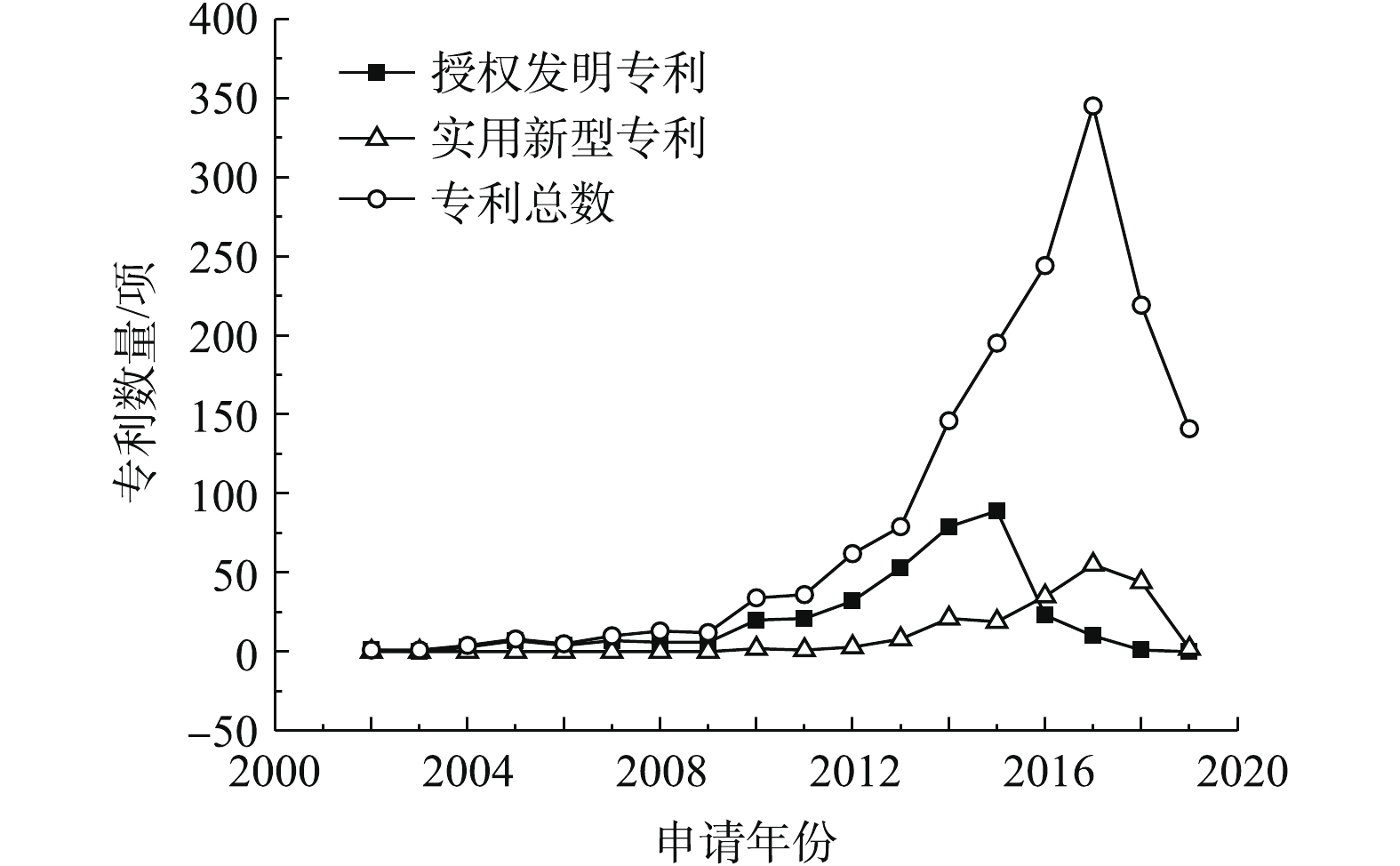
 下载:
下载:
